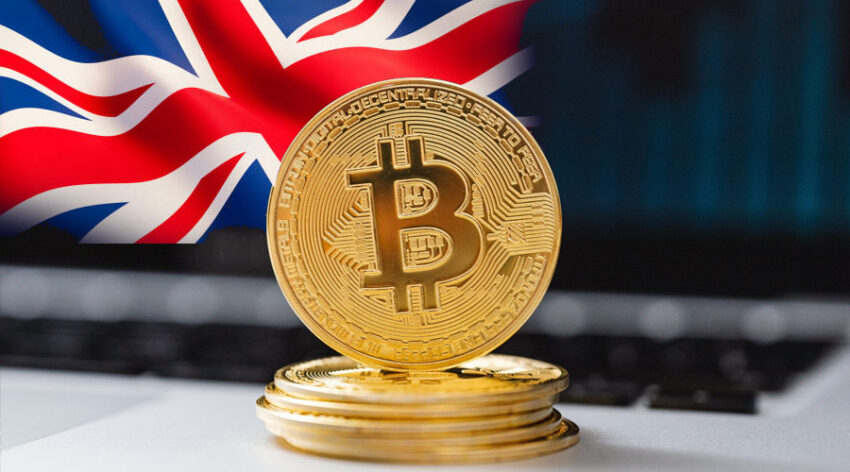“Difficult decisions” on taxes, spending, and welfare will be included in the October Budget, as both Chancellor Rachel Reeves and Prime Minister Sir Keir Starmer have cautioned.
They do, however, continue to support the party’s electoral promise to maintain the current levels of VAT, National Insurance, and income tax.
To what extent does the government raise funds?
Over £1 trillion is raised and spent by the government annually. One trillion, or one with twelve zeros, equals £1,000 billion.
It’s difficult to imagine such a large sum, yet you could easily purchase the ten most valuable companies in the UK with that money. In the UK, that comes to around £15,000 per individual.
What could be in the budget and when is it due?
Rachel Reeves: Who is the new chancellor of the United Kingdom?
Does the UK’s public finances have a £22 billion “black hole”?
Where is the funding for the government coming from?
Revenue tax, which individuals pay on their earnings, is expected to account for around 25% of the total revenue the government anticipates raising in the 2024–2025 fiscal year.
The independent Office for Budget Responsibility (OBR), which evaluates the state of the UK economy and publishes financial predictions, predicts that it will yield £303 billion.
In the upcoming years, an even greater increase is anticipated.
This is due to a 2028 income tax ceiling on the amount you can earn before being required to pay income taxes. There is also a predetermined tax rate at which individuals must begin paying.
When the thresholds are frozen, more people pay higher rates and begin paying tax and national insurance when their wages rise.
The next two largest sources of revenue for the government are National Insurance (NI), a tax on people’s incomes, and VAT, which is paid on a lot of purchases.
OBR estimates that in 2024–2025, VAT will increase by £203 billion.
It is anticipated that National Insurance will generate £168 billion following two rate reductions, which reduced it from 12% to 8%.
It is anticipated that the “other” tax category, which covers stamp duty, capital gains tax, and vehicle excise duty, will bring in £115 billion.
According to the OBR, over the following five years, the overall tax rate as a percentage of GDP (the total value of the economy) will grow to a post-war high of 38% of GDP.
Repayment of student loans falls under the heading of “other non-taxes” and is one of the government’s non-tax revenue streams.
What do I pay for income tax and national insurance?
What is GDP and what is the rate of growth of the UK economy?
What is the purpose of government spending?
With nearly 25% of all government expenditures going toward social protection, social protection spending is by far the largest expense.
This covers the price of benefits for both working-age individuals and pensioners.
The OBR projected that spending on social protection would increase to £371 billion in 2024–25 prior to the announcement of the general election.
In an attempt to save some £1.5 billion annually, the government announced in July that it would limit the Winter Fuel Payment to retirees receiving means-tested benefits.
Concurrently, the new full state pension, which is guaranteed to keep up with inflation and wages according to the “triple lock” system, is scheduled to increase by £460 annually as of April 2025.
Health accounts for about 5% of government spending.
Due to rising treatment costs and the rising expense of caring for the UK’s aging population, health spending has been rising for decades. According to OBR forecasts, health spending in 2024–2025 would be £251 billion.
The NHS crisis: a long time coming
PM vows no further NHS funding without change.
Education is the next largest spending category; it was reduced in the 2010s but has subsequently recovered. According to the OBR, education spending would come to £131 billion in 2024–2025.
Winners of elections must make difficult decisions about school funding.
The amount the government must pay for the money it has borrowed follows this: the cost of interest on its debt.
In recent decades, there has been a significant growth in spending on debt interest. Compared to 2010, interest rates have increased by around 50% relative to the size of the economy. This was expected to reach £109 billion in 2024–2025 by the OBR.
Does it matter how much money the UK government borrows?
